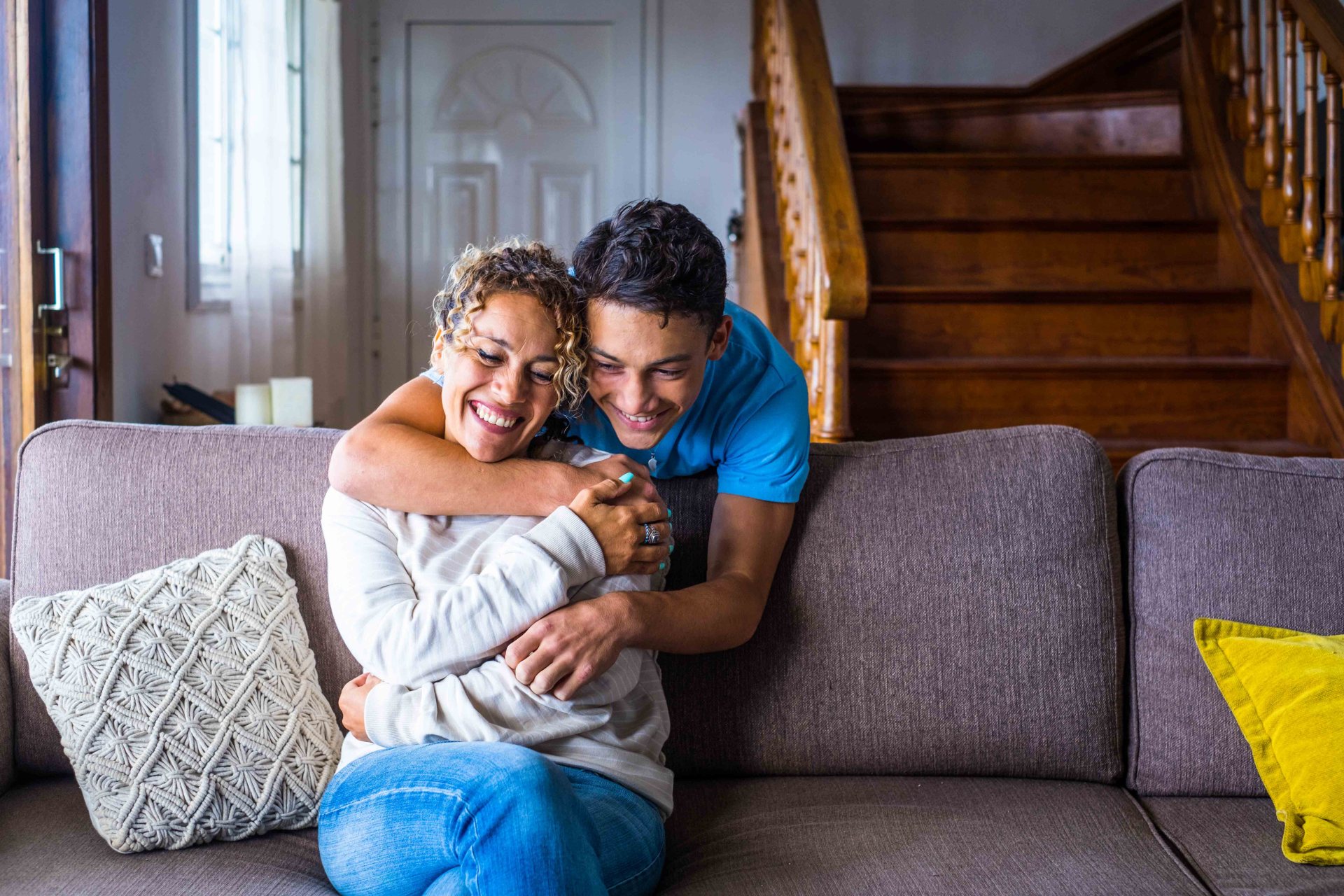Learning to say thank you is usually the first lesson most children are taught on how to practice gratitude. As a parent, it can be a real joy to remind your little one to say thank you for a gift or kind gesture, and experts generally agree that it’s a necessary step in teaching kids gratitude. However, when your kids reach their teens, you may find their sense of appreciation for all that you provide them (including the latest smartphone) is often in short supply.
While learning how to be grateful evolves with age and maturity, there are also many practical ways to nurture a deeper sense of gratitude in your tweens and teens that will positively impact their overall happiness and success. Keep reading to find out the benefits of expressing thanks and how your kids and teens can practice gratitude.
What is gratitude?
Gratitude is defined as “the feeling of being grateful and wanting to express your thanks.” For such a simple definition, you may wonder why teaching kids how to be thankful can feel challenging. Shouldn’t it be easier? Well, it turns out that gratitude is a bit more complex than the definition implies.
Research into the science of gratitude indicates that the ability to understand and express gratitude improves with age and maturity. As a parent, you have the power to help foster this progression in your kids.
Why teach teens and kids about gratitude?
Today’s kids are growing up in a world where they have instant gratification at their fingertips—literally—thanks to smartphones with on-demand videos, games, and one-click shopping. The easy access to immediate rewards is something previous generations didn’t experience. As a result, parents who were taught to “be grateful for what you have” may feel their kids aren’t absorbing that same valuable lesson.
If you want your kids to learn how to demonstrate gratitude more deeply, you’re not alone. A recent U.S. poll showed that more than half of parents worry that they are overindulging their kids and three-quarters of parents think teaching kids gratitude is a high priority.
Fortunately, there are many ways you can help your kids learn how to be thankful.
Benefits of practicing gratitude
The benefits of gratitude are greater than you probably realize. Kids get a lot more than a warm fuzzy feeling when they feel gratitude. Research from the Raising Grateful Children project at University of North Carolina (UNC) Chapel Hill suggests that grateful kids aged 11–13 years old are happier and more optimistic than their less grateful peers. Appreciative kids are also more satisfied with their school, family, community, friends and themselves, and offer more emotional support to others.
The same research also indicates that teens aged 14–19 years old who practice gratitude are more satisfied with their lives, work to better their community, are more engaged in schoolwork and hobbies, and are less likely to be depressed.
It’s not just the kids who experience the benefits of gratitude, either. Research on the psychology of gratitude showed that those who focused on the positive aspects of their life (versus the burdens), on a regular basis were happier, had generally better health and exercised more.
Gratitude in teens may also contribute to financial literacy. Taking the time to feel grateful for a monetary gift from a family member, for example, may help a teen be more conscientious in how that money is spent—especially if a grandparent wants to be updated on what was purchased.

How to teach gratitude
Remember the definition of gratitude above? The researchers for the Raising Grateful Children project at UNC, who have explored gratitude experiences of kids from kindergartners to young teens, offer an expanded view on teaching gratitude. The team at UNC believes that you can foster gratitude by encouraging kids and teens to pay attention to what they have received. They have broken the process down into four parts:
1. Notice
This step relates to what we notice in our lives for which we can be grateful. Ask your kids to consider, “What have you been given or what do you already have in your life for which you are grateful?”
2. Think
The second step is for kids and teens to think about why they have been given those things. Questions to generate conversation could include, “Why do you think you received this gift?” and “ Do you think you owe the giver something in return?”
3. Feel
Next, encourage them to explore how they feel about the things they were given. Talk to them about: “Does it make you feel happy to get this gift?” and “What does that feel like inside?”
4. Do
The final step is what kids and teens do to express appreciation in return. Ask them if there is a way they want to show how they feel about this gift?
When raising these questions with your kids, consider the timing. Teens and tweens are often on high “lecture” alert, so it’s important to wait for the right set of circumstances to spark a discussion on gratitude. Certainly, you’ll want to refrain from bringing it up if you’re frustrated about their lack of appreciation. You’re more likely to make an impact if the discussion is a positive experience for everyone.
How to get your kids and teens to practice gratitude
There are many practical ways in which you can help your teen or tween flex the gratitude muscle. Keep in mind that it’s ideal to practice gratitude as a family, rather than singling out your child as the only one who needs to learn how to show gratitude to others. Here are some suggestions to get you started:
Set an example
This is a powerful way to teach your kids what gratitude is. Tweens and teens learn through observation and when they see you saying thank you to others, they’re likely to follow suit.
Point out generosity
Point out examples of people who are doing things above and beyond what’s expected, including them! When your teen takes on chores like unloading the dishwasher without prompting, it’s a perfect time to take notice and say thank you.
Put things in perspective
Help your kids understand that there are others who are less fortunate than them. This can nurture compassion for others and gratitude for their privileges. It also may encourage them to give back to the community through charity or volunteering.
Start a gratitude journal
Would your tween or teen be interested in recording things they’re grateful for in a daily journal? Or make it a family project with a journal titled What are you grateful for? Anyone can add to it. You can also be less formal and ask each person to share one thing they’re grateful for at dinner time.
Shop with gratitude
Encourage your teen or tween to be thankful for the purchases they make. Whether they’ve earned the money themselves or it’s been provided, this is a perfect time to connect gratitude with something that they’ve specifically bought that brings them happiness.
Teaching kids gratitude can be an enriching experience that has the potential to positively impact their health, school success, relationships and overall happiness. It’s well worth the effort to nurture this valuable trait.
Download Mydoh and help build the foundation of financial literacy for your kids and teenagers.
This article offers general information only and is not intended as legal, financial or other professional advice. A professional advisor should be consulted regarding your specific situation. While the information presented is believed to be factual and current, its accuracy is not guaranteed and it should not be regarded as a complete analysis of the subjects discussed. All expressions of opinion reflect the judgment of the author(s) as of the date of publication and are subject to change. No endorsement of any third parties or their advice, opinions, information, products or services is expressly given or implied by Royal Bank of Canada or its affiliates.







